Archives
- 2025-11
- 2025-10
- 2025-09
- 2025-03
- 2025-02
- 2025-01
- 2024-12
- 2024-11
- 2024-10
- 2024-09
- 2024-08
- 2024-07
- 2024-06
- 2024-05
- 2024-04
- 2024-03
- 2024-02
- 2024-01
- 2023-12
- 2023-11
- 2023-10
- 2023-09
- 2023-08
- 2023-06
- 2023-05
- 2023-04
- 2023-03
- 2023-02
- 2023-01
- 2022-12
- 2022-11
- 2022-10
- 2022-09
- 2022-08
- 2022-07
- 2022-06
- 2022-05
- 2022-04
- 2022-03
- 2022-02
- 2022-01
- 2021-12
- 2021-11
- 2021-10
- 2021-09
- 2021-08
- 2021-07
- 2021-06
- 2021-05
- 2021-04
- 2021-03
- 2021-02
- 2021-01
- 2020-12
- 2020-11
- 2020-10
- 2020-09
- 2020-08
- 2020-07
- 2020-06
- 2020-05
- 2020-04
- 2020-03
- 2020-02
- 2020-01
- 2019-12
- 2019-11
- 2019-10
- 2019-09
- 2019-08
- 2019-07
- 2019-06
- 2019-05
- 2019-04
- 2018-07
-
The known crystal structures of
2023-02-20

The known crystal structures of class C GPCR VFTs do not include attached TM domains, therefore current conformational data may not accurately reflect the dynamics of extracellular domains in full-length receptors. Nevertheless, compelling mechanisms of signal transduction can still be postulated.
-
Receptor Subtypes and Their Function Critical Appraisal
2023-02-20
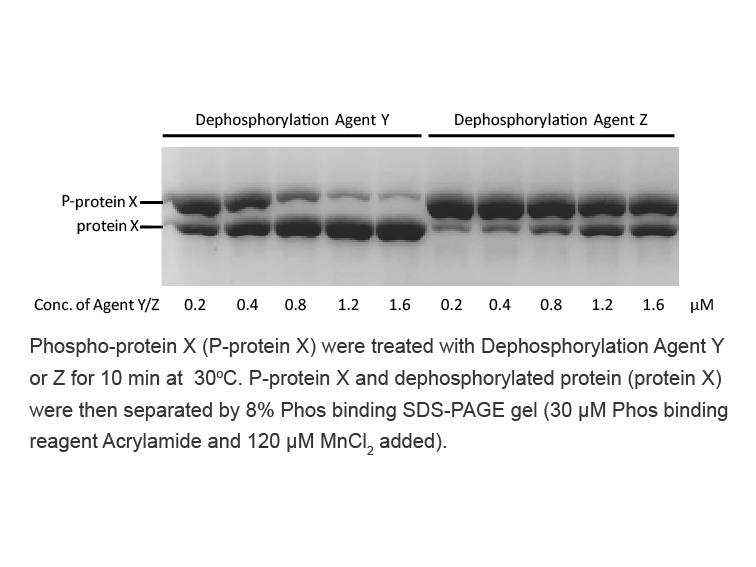
Receptor Subtypes and Their Function – Critical Appraisal Largely unselective ligands of the benzodiazepine binding site, such as diazepam, are known to elicit a wide range of in vivo effects including hypnosis, sedation, anxiolysis, and muscle relaxation. Genetically modified mice were introduced
-
Introduction Cytochrome P CYP aromatase catalyzes the
2023-02-20
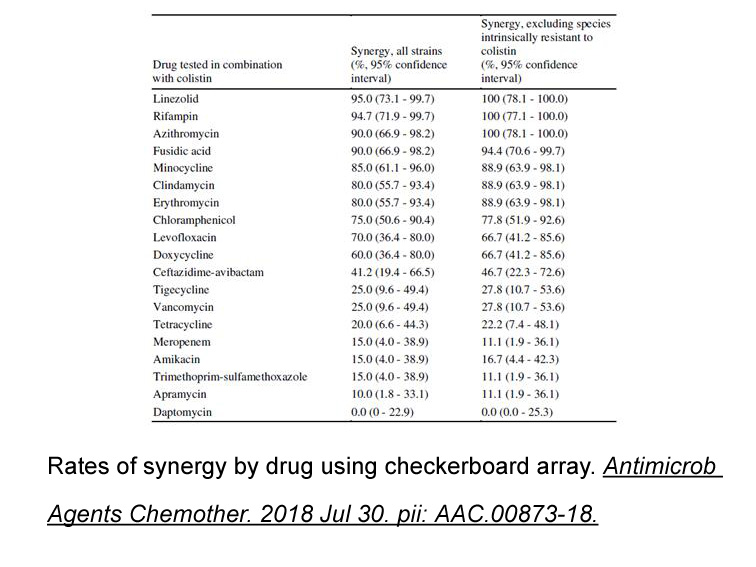
Introduction Cytochrome P450 19 (CYP19; aromatase) catalyzes the conversion of androgens to estrogens in a three-reaction sequence, where each step depends on NADPH and O2 [[1], [2], [3]]. The first two steps are accepted to be hydroxylations of the steroid C19 methyl group, whereas the final step
-
VEGFR inhibition using sunitinib does not result in tumor gr
2023-02-20
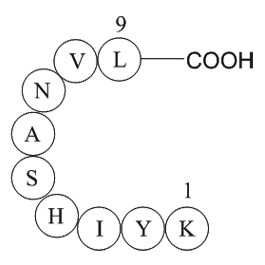
VEGFR2 inhibition using sunitinib does not result in tumor growth reduction or in a further decrease in vessel density in NDRG1 overexpressing glioma rendering these tumors intrinsically resistant to antiangiogenic treatment. Intrinsic resistance to antiangiogenic therapy is defined as a non-respons
-
br Materials and methods br Results br Discussion We
2023-02-20
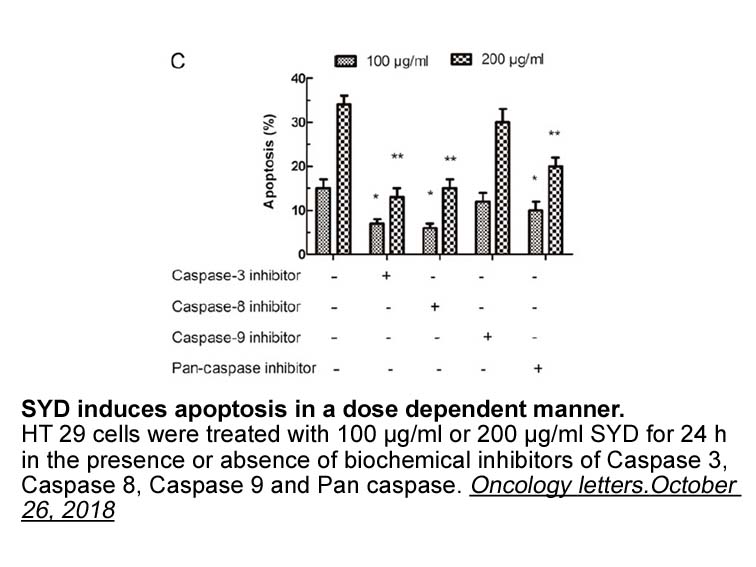
Materials and methods Results Discussion We demonstrate reduced angiogenic activity in NDRG1 overexpressing malignant glioma leading to reduced glioma growth. This antiangiogenic phenotype is paralleled by a significant upregulation of the antiangiogenic gene TNFSF15. TNFSF15 upregulation i
-
br Concluding remarks br Conflict of interest br
2023-02-20
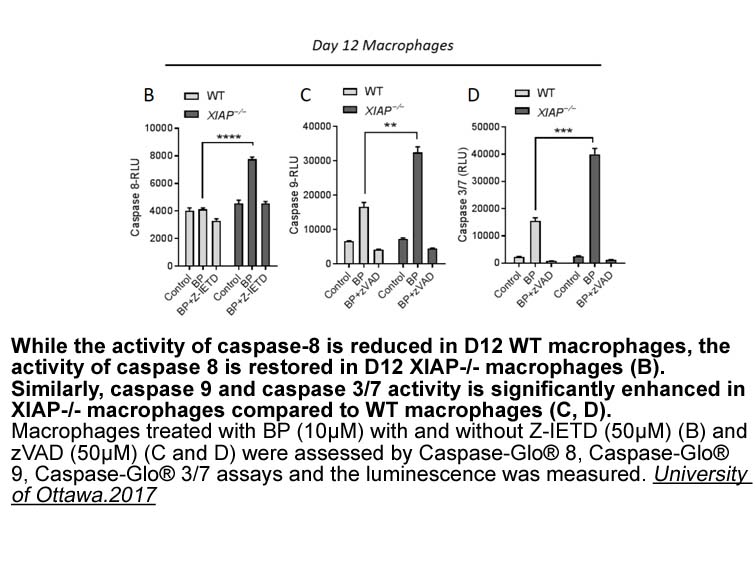
Concluding remarks Conflict of interest Acknowledgment This work was supported by the H.E.B. Endowed Chair in Marine Science (to P.T.) and University of Texas Marine Science Institute endowment-supported scholarships (to A.C). Introduction Disorders of sex development (DSD) are defined
-
Kim et al found that hydroxydopamine OHDA promoted the
2023-02-20
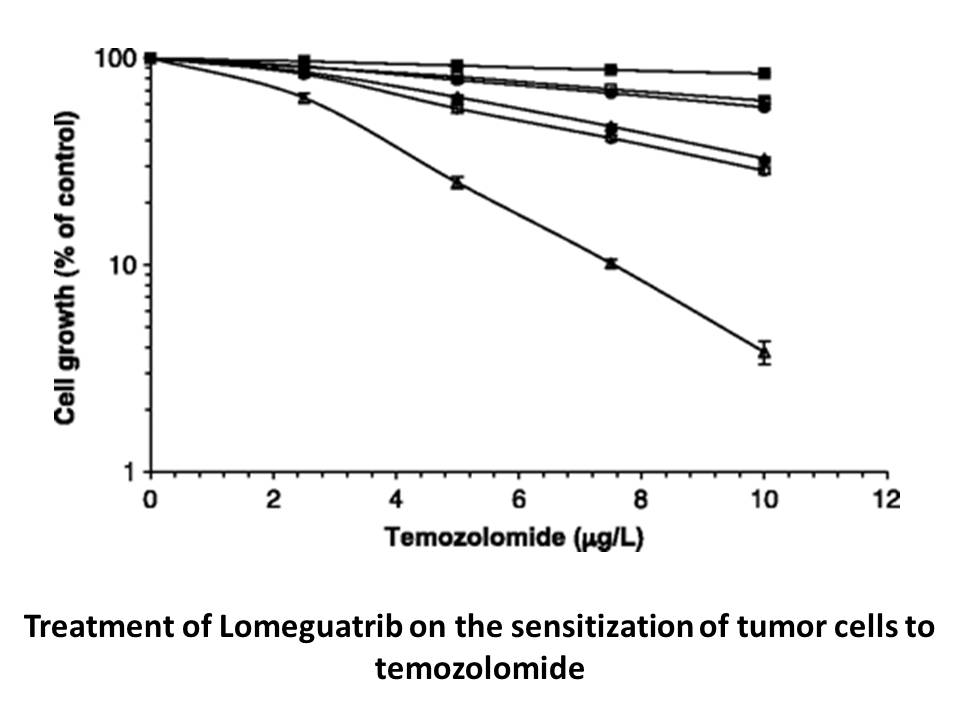
Kim et al. (2013) found that 6-hydroxydopamine (6-OHDA) promoted the atrophy of dopaminergic neurons associated with the activation of poly (ADP-ribose) polymerase (PARP), the translocation of apoptosis inductor factor (AIF) and the depletion of ATP. An increase in p-AMPK and pS6K (upstream kinase o
-
br Conclusions The present data suggest that
2023-02-17
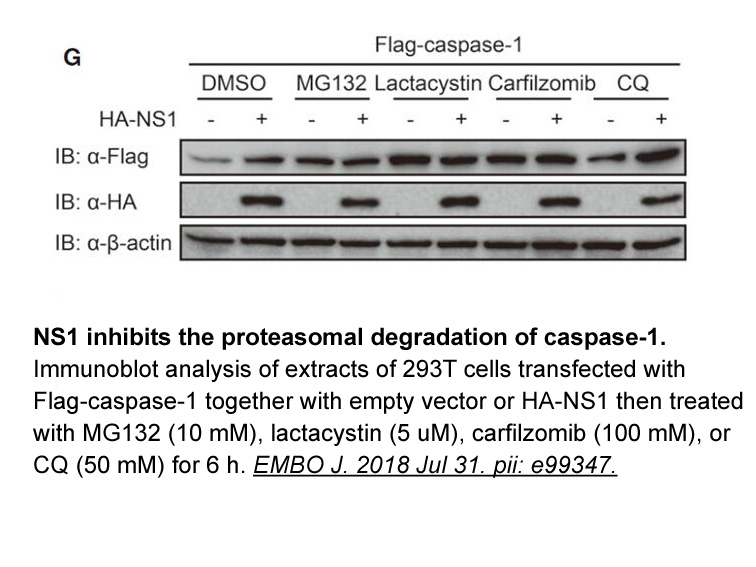
Conclusions The present data suggest that homeostatic balance of the cortical/hippocampal adenosinergic tone is necessary for normal working memory function and any deviation appears to impair performance – either as a consequence of A2AR under-activation when adenosine levels are reduced or due
-
br Introduction Myasthenia gravis MG is
2023-02-16
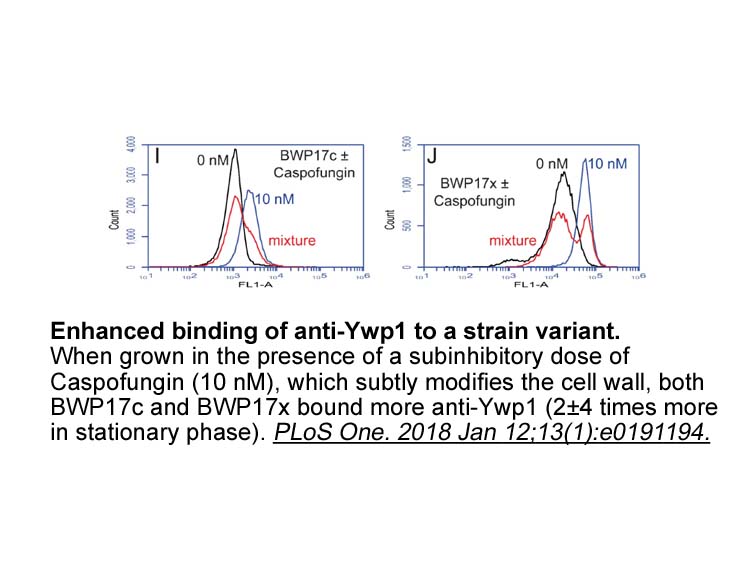
Introduction Myasthenia gravis (MG) is an autoimmune disease in which antibodies against targets on the postsynaptic muscle membrane cause neuromuscular transmission failure. About 85% of patients with MG have autoantibodies against caffeic acid receptor (AChR) [1]. In AChR negative MG patients
-
It is now well established that the
2023-02-13

It is now well established that the cumulative exposure to endogenous estrogens throughout a woman's life, mainly due to her reproductive history, has an impact on the risk of hormone-dependent breast cancer (Lambertini et al., 2016). Prolonged exposure to estrogens in the case of early age at mena
-
Introduction The corpus luteum CL is
2023-02-13
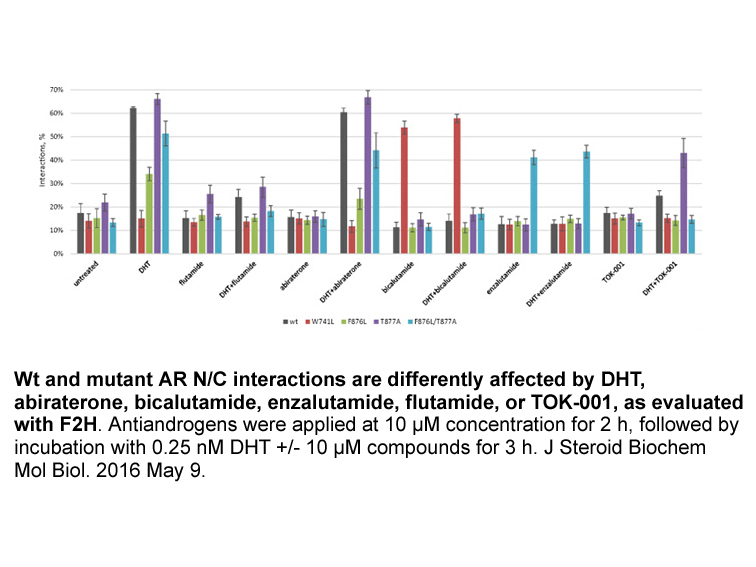
Introduction The corpus luteum (CL) is a transient endocrine gland that differentiates from the thecal and granulosal cells of the ovarian follicle after ovulation. Its formation and limited lifespan in the mammalian ovary is important for fertility, as the CL produces progesterone (P4), the essent
-
br Concluding Remarks and Future Perspectives Fluorescent an
2023-02-13
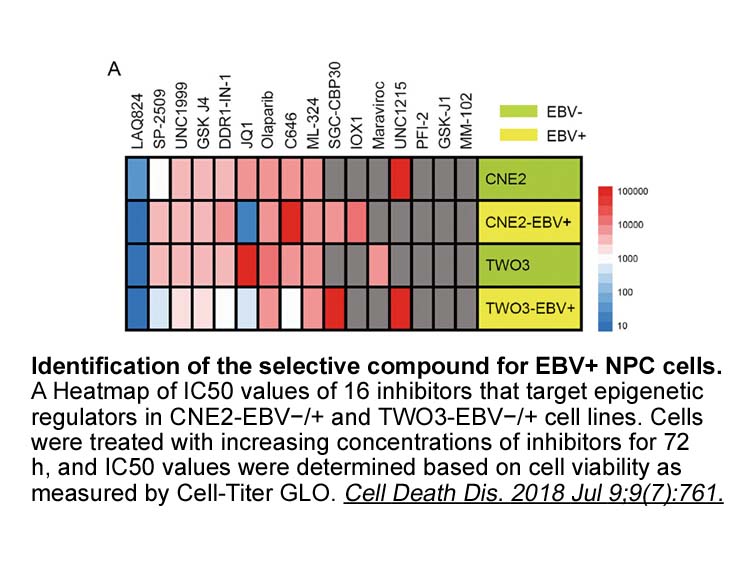
Concluding Remarks and Future Perspectives Fluorescent as1413 have helped researchers to elucidate antibiotic MOA and off-target interactions, to screen for new antibiotics, to detect antibiotics in the environment, to track antibiotic uptake throughout cells and organisms, and to detect bacteri
-
Recently AFF was used to convert an FN based binder
2023-02-13
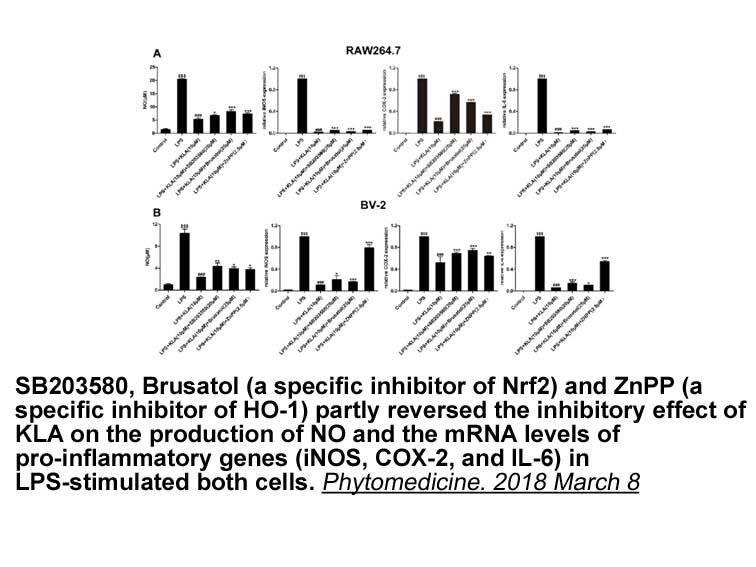
Recently, AFF was used to convert an FN3-based binder specific to the Src homology 2 (SH2) domain of cAbl kinase into an allosterically regulated, intermolecular fluorescent switch (Figure 2D). Binding to cAbl kinase co-operatively stabilized the assembly of the FN3-based binder from two partial fra
-
br Introduction Sustained over activation of neurohormonal
2023-02-13
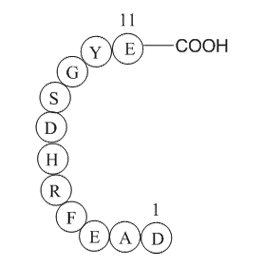
Introduction Sustained over-activation of neurohormonal systems is a hallmark in the pathophysiology of cardiac dysfunction following myocardial infarction (MI) and heart failure (HF). Inhibitors of the renin-angiotensin flavopiridol mg system (RAAS) constitute cornerstones of pharmacotherapy fo
-
br Conflicts of interest br Funding br Introduction Brassica
2023-02-13

Conflicts of interest Funding Introduction Brassicaceae is an economically important family of plants containing rapeseed, cabbage, broccoli, brussels, radish and mustard. Among them rapeseed plays a crucial role, because of its application in food and also in fuel industry. According to th
15351 records 319/1024 page Previous Next First page 上5页 316317318319320 下5页 Last page